The First 7 Steps I Take When Interpreting a Birth Chart
These chart elements are what I always prioritize.
I hope everyone is having a nice week!
For this newsletter, I wanted to return to the basics of your birth chart. If you’re new to astrology, the prospect of interpreting every element of your chart might feel overwhelming, and it can be difficult to know what to prioritize. To approach your birth chart in a more simplified way, I wanted to share what I personally would look at first when pulling up someone’s chart. Also, if you’re new to my content, this may help you to get an idea of my specific approach to astrology.
Below I’ve listed out my seven step guide to interpreting a birth chart. Of course, this doesn’t mean that chart elements I didn’t list aren’t relevant, they just aren’t placements I would immediately prioritize. Also, for a lot of these steps, I have done entire newsletters on them in the past, which I’ve linked out below. So if one of the areas I discuss is of particular interest to you, you can always go further in exploring that.
Before we get into it, here are a few of my recs for the month:
Beauty: Beauty of Joseon skincare products. When I was in Italy in June, I stumbled upon a Korean skincare store, and tried out a few of this brand’s products. Now I’m obsessed and have ordered everything. I especially love the face cream and serum discovery kit.
Clothing: La Ligne Dress. I have had seven weddings to attend this year, and the final two are taking place within the next month. When I’ve needed to buy dresses for a few of these weddings, I like to buy things that will still work with my lifestyle after the wedding is over. I am loving green this fall, so I got this dress that I’m super excited about.
Books: I have been having trouble finding podcasts that I love listening to recently, so I’ve been turning to audiobooks instead. I have recently been enjoying Keith McNally’s memoir, I Regret Almost Everything. I love reading about New York in the 1970s and 80s, and he was at the center of everything back then, having opened The Odeon in 1980.
Let’s now get into my 7 steps for interpreting a birth chart…
Step 1: Identify sun, moon and rising.
This is an obvious one, but if you need a place to start with a birth chart, it’s always a good idea to note where the Sun and Moon are located by sign and house, and then also identify the sign in which the ascendant falls (aka your rising sign). These three points in a chart show what qualities are at someone’s core, and the areas represented by the sign and house placements of these planets are given a greater focus throughout your life.
The Sun in your birth chart speaks to the identity that you’re growing into over the course of your lifetime. The sign in which your sun falls shows qualities that you’re continually working to develop, and the house placement of the sun shows what areas you may want to lean into to realize your full potential and develop greater self confidence.
Meanwhile, the Moon speaks to your innermost self. The sign in which the moon falls describes how you both process and share your emotions, while the house placement of the moon represents topics that you may want to pursue to feel more nurtured or secure. You may feel very emotionally connected to and passionate about these house topics as well.
Then, the ascendant, also known as the rising sign, will color your approach to all different areas of life, as it speaks to how you show up in the world, approach new situations, and present yourself. The ascendant is always located in the first house, so the sign placement is what is most important here. Your rising sign can speak to your personal style, as well as what interests you may naturally like to bring into your career, home, relationships, etc.
Step 2: What planets rule the angles of the chart?
The angles in the chart represent the core pillars of life:
The ascendant (AC): identity, your literal body, self expression
Imum Coeli (IC): home, family, your past, ancestry
The descendant (DC): one-on-one relationships
Midheaven (MC): career, overall life calling
Each of these angles falls in a specific sign in your chart. However, I like to always note what planet rules the sign in which an angle is placed. If a planet rules an angle, then it is automatically given greater power in the chart, and will give further insight into what your approach might be to these four key areas of life. In the diagram below, you can see that the Midheaven is in the sign of Gemini. Therefore, Mercury in Pisces in the 7th house will shed light on how this person approaches career, leadership, and bigger life responsibilities (all Midheaven themes). They may end up having important business partnerships, or part of their work may involve speaking in a one-on-one way with people. They may even end up dating someone they meet at work.
To give a few more examples, having the ruling planet of your ascendant in the 8th house may mean that mental health matters, better understanding your patterns and triggers, and engaging in deeper inner healing work (8th house) may all be huge themes in developing a greater sense of purpose and identity (ascendant).
Or if the ruling planet of your descendant is in the 10th house, you may establish very important partnerships (descendant) in your career (10th house), or you may date or have a partner that is publicly known, or career might be very important to them.
A final example I want to give would be if you have the ruling planet of your IC angle (home and family) in the 12th house. It may feel like you’re not completely seen or understood by family members, or the theme of loss or mental health or addiction issues may come up within your family. On another note, it could be that you want to make a home life for yourself in a different country or just somewhere far away from the place where you grew up.
The house themes of where the ruling planet is placed will always tie back in with the angle in which it rules. For more information on ruling planets, you can revisit this past newsletter I did on the topic.
Step 3: Are any planets in the sign of their domicile or exaltation?
Similar to how a ruling planet of an angle is given more power in the chart, you will also want to look at what planets are in signs of their domicile or exaltation. If you have planets like this in a positive position in your chart, then it may be easier to accomplish the topics associated with that planet, and you may be able to navigate the themes of that planet’s house placement in a productive way. Refer to the list below to see if you have any of the below in your own chart. I practice Hellenistic astrology, so I don’t consider Uranus, Neptune, and Pluto to rule any of the signs.
Sun: Leo is the sign of its domicile, Aries is the sign of its exaltation
Moon: Cancer is the sign of its domicile, Taurus is the sign of its exaltation
Mercury: Gemini and Virgo are the signs of its domicile, Virgo is also the sign of its exaltation
Venus: Taurus and Libra are the signs of its domicile, Pisces is the sign of its exaltation
Mars: Aries and Scorpio are the signs of its domicile, Capricorn is the sign of its exaltation
Jupiter: Sagittarius and Pisces are the signs of its domicile, Cancer is the sign of its exaltation
Saturn: Capricorn and Aquarius are the signs of its domicile, Libra is the sign of its exaltation
Step 4: Day chart or night chart?
I did a deep dive on sect in this past newsletter, but I want to bring up the topic here again to emphasize how if you are born during the day or at night, there will be certain planets that help you out more in life.
Everyone has a sect light, benefic of sect, and malefic of sect. Your sect light, either the Sun or Moon, is like your guiding light and will be the luminary that resonates the most with you. Meanwhile, the benefic of sect, either Venus or Jupiter, becomes a planet that is even more positive for you, while the malefic of sect, either Mars or Saturn, becomes less harsh and may not be so much of a hindrance to your success.
Day chart: If you are born with the Sun above the ascendant/descendant line, then the Sun is your sect light, Jupiter is your benefic of sect, and Saturn is your malefic of sect.
Night chart: If you are born with the Sun below the ascendant/descendant line, then the Moon is your sect light. Venus is your benefic of sect and Mars is your malefic of sect.
In the diagram above, you can see that this person is born during the night, with the sun below the ascendant/descendant axis in Libra, the 5th house. Therefore, the moon is their sect light, so the moon’s placement in Pisces, the 10th house becomes even more important. 10th house matters like career, public image, and taking on leadership roles may be a key focus throughout this person’s life. Venus is the benefic of sect, and is in Libra, the 5th house, so positive benefits may come through 5th house topics, like creativity or children. And Mars is the malefic of sect, so the topics associated with the 6th house, like daily work, coworker relationships, or health matters, where Mars is placed may not be felt in such a challenging way, or this person is more easily able to overcome the obstacles that that placement presents.
Once you’ve identified the sect of your chart, take note of how those three planets and their placement in your chart may play a more significant role in your life. If you notice that one or maybe more of the planets of sect in your chart also happen to be in the sign of their domicile or exaltation and/or rule an angle in your chart, then bonus points for that planet. That planet will be made even more important, and the house and sign placement of that planet are areas which you will want to lean into further and work on developing.
Step 5: Are there any stelliums?
If you have a house in your chart that contains three or more planets, that would be considered a stellium. A stellium shows where there is a concentration of energy focused in one particular part of the chart. There might be more lessons to be learned in that area, or significant personal growth will occur throughout your life that has to do with the topics of that sign and house.
In the diagram above, you can see that this person has a stellium in the 6th house in the sign of Capricorn. This means that their life may be oriented towards work, routine, wellness, or managing health concerns. It could be that through navigating health problems of their own, they gain wisdom that allows them to incorporate health, wellness, or healing into their own work. Or maybe there’s just a natural interest in taking care of the body, or they feel most at peace when they have structure and a solid, everyday routine set.
Step 6: Where is Saturn?
This step is more of a personal preference, because I think Saturn is one of the most important planets in the chart. The house placement of Saturn shows an area of life that may feel very challenging when you are younger, but as you get older, this same area may prove to be your biggest asset, as well as an area in which you gain a lot of wisdom. In the house occupied by Saturn, there may be difficult lessons that come up periodically, or it may be that you have to learn how to break free from self imposed limitations you have in that area.
For example, if you have Saturn in the 7th house, maybe you need to work on not being so critical of people that you’re close to, or you may need to conquer a fear of dating or being your full self around people. To contrast, having Saturn in the 2nd house may mean that you need to overcome a fear of not having enough money, or you could be working on building greater confidence in the work place. Success with starting your own business or stepping into your full potential at work may come later on in life.
It’s also important to note what houses are ruled by Saturn, which are the houses ruled by Capricorn and Aquarius in your chart. Looking at the topics associated with these two houses, you may get a similar vibe to the qualities of Saturn we went over above, and these parts of your life may become easier as you get older. At first though, these two areas may feel slow and tedious, or it could take you a while to find direction and confidence there. In the diagram below, you can see that Saturn is in Aries, the 11th house. However, their 8th and 9th houses are ruled by Saturn, and will be felt in a similar way.
For more information on Saturn, you can revisit this past newsletter I did.
Step 7: Where are the Nodes?
The North and South Nodes in your chart indicate where you’re uncovering greater purpose for yourself in this life, so it’s always a good idea to check back in with the traits of the sign and house placement of your Nodes if you’re feeling directionless or off track. The South Node’s sign and house placement will show you what comes more naturally to you, and skills you can tap into easily. Meanwhile, the North Node’s sign and house placement shows what you’re working to develop more fully throughout this life. When you lean into the traits of your North Node, you will naturally feel more fulfilled. For instance, with my natal North Node in Sagittarius in the 5th house, I like to get creative with how I teach and write. In addition, foreign travel and spirituality are areas I like to explore for fun.
Remember that the Nodes’ sign placement indicates qualities you will want to develop, while the Nodes’ house placement shows the best manner in which you can carry out these interests. In the diagram below, you can see that the North Node is in Aries, the 8th house, while the South Node is in Libra, the 2nd house.
If you’re interested in learning more about the nodes, I did a deep dive on them here.
Hopefully this guide has helped! Will have to do a part 2 on what I prioritize with predictive techniques in the near future.



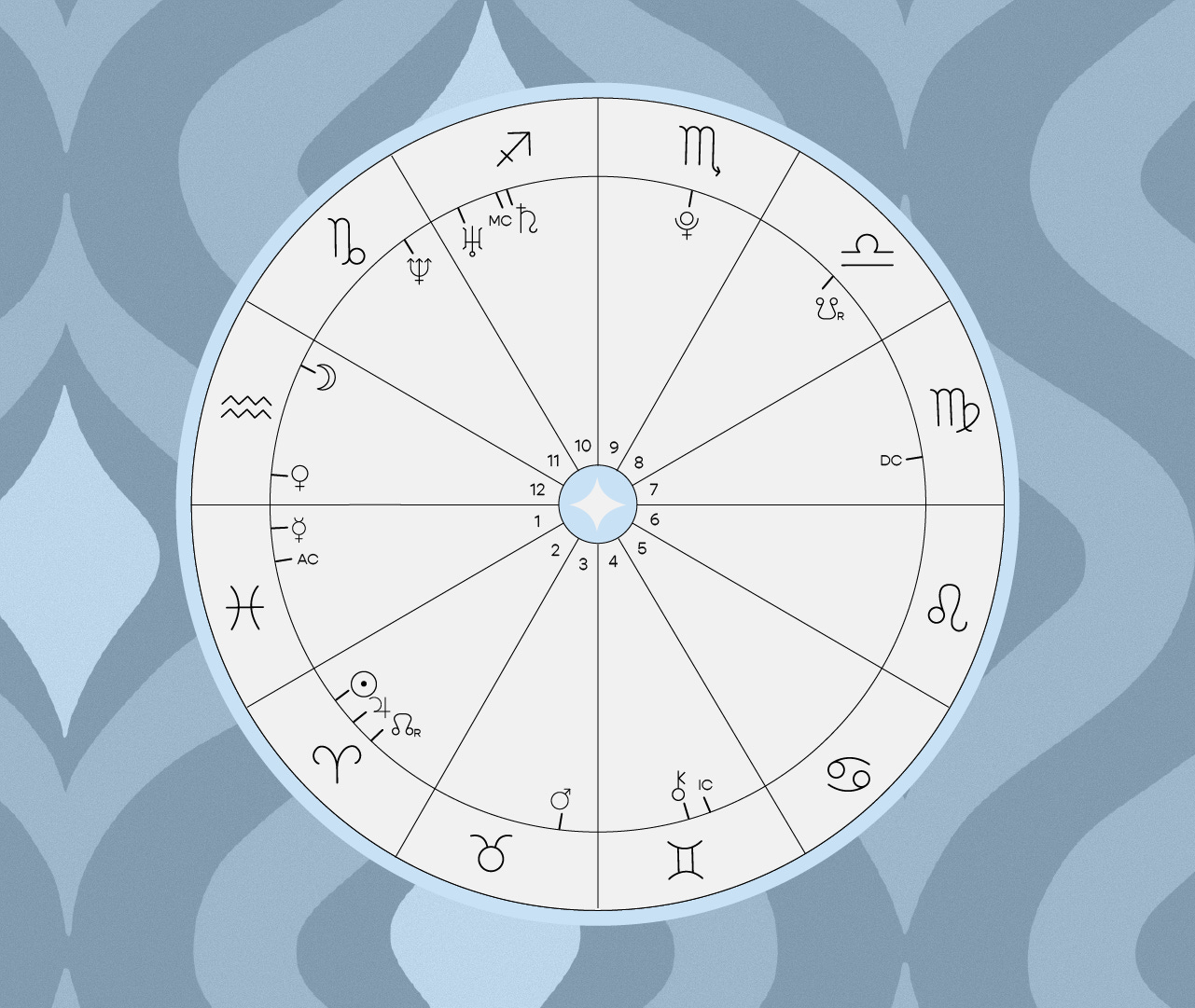
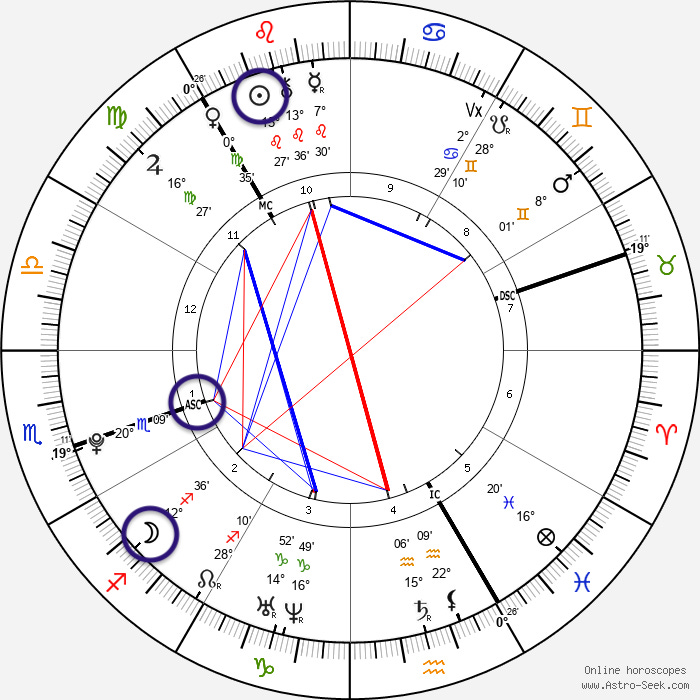
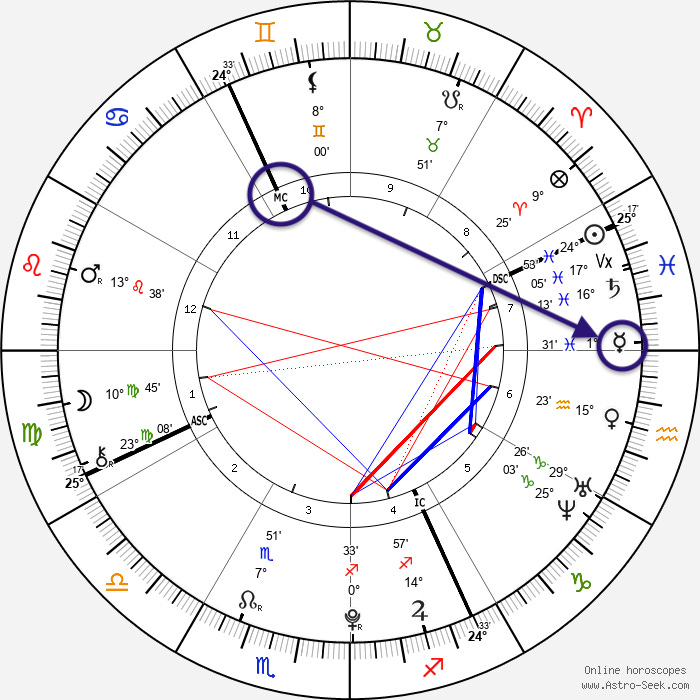

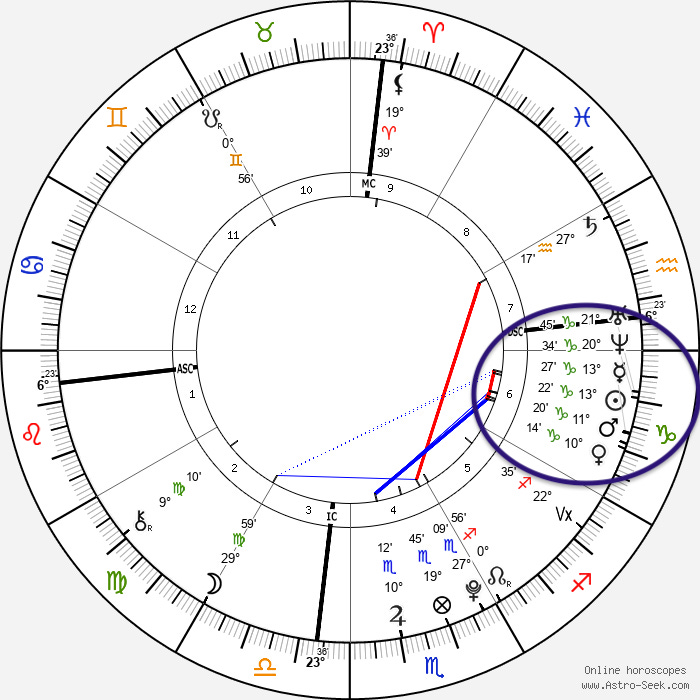
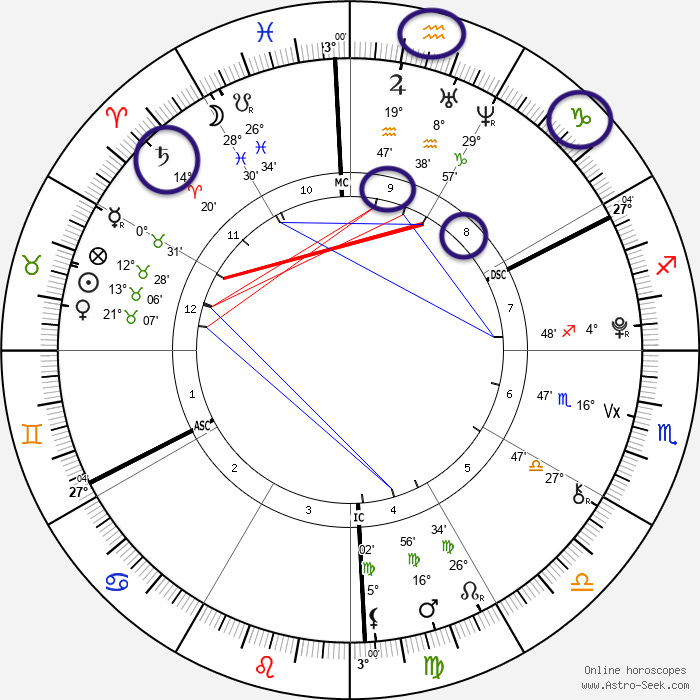
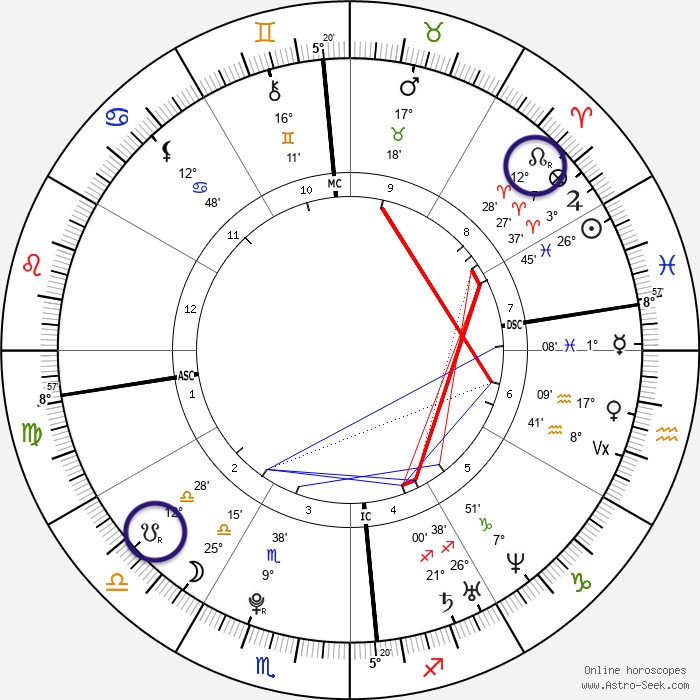
Reading this feels like being handed a compass for the cosmos—because sometimes the greatest journeys begin with understanding the self.
You’re so good at making things easily digestible! Chefs kiss 🤌 perfect!